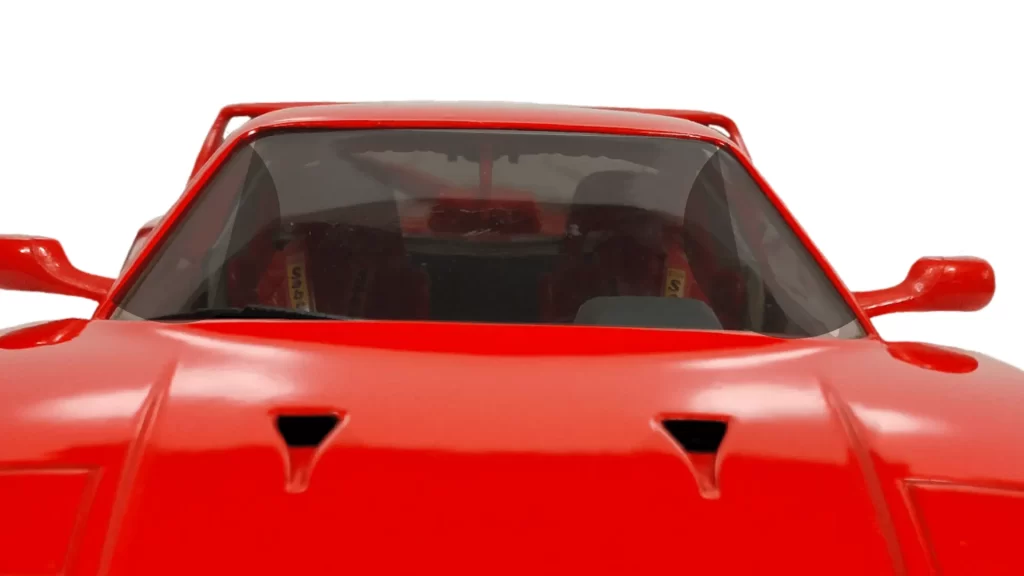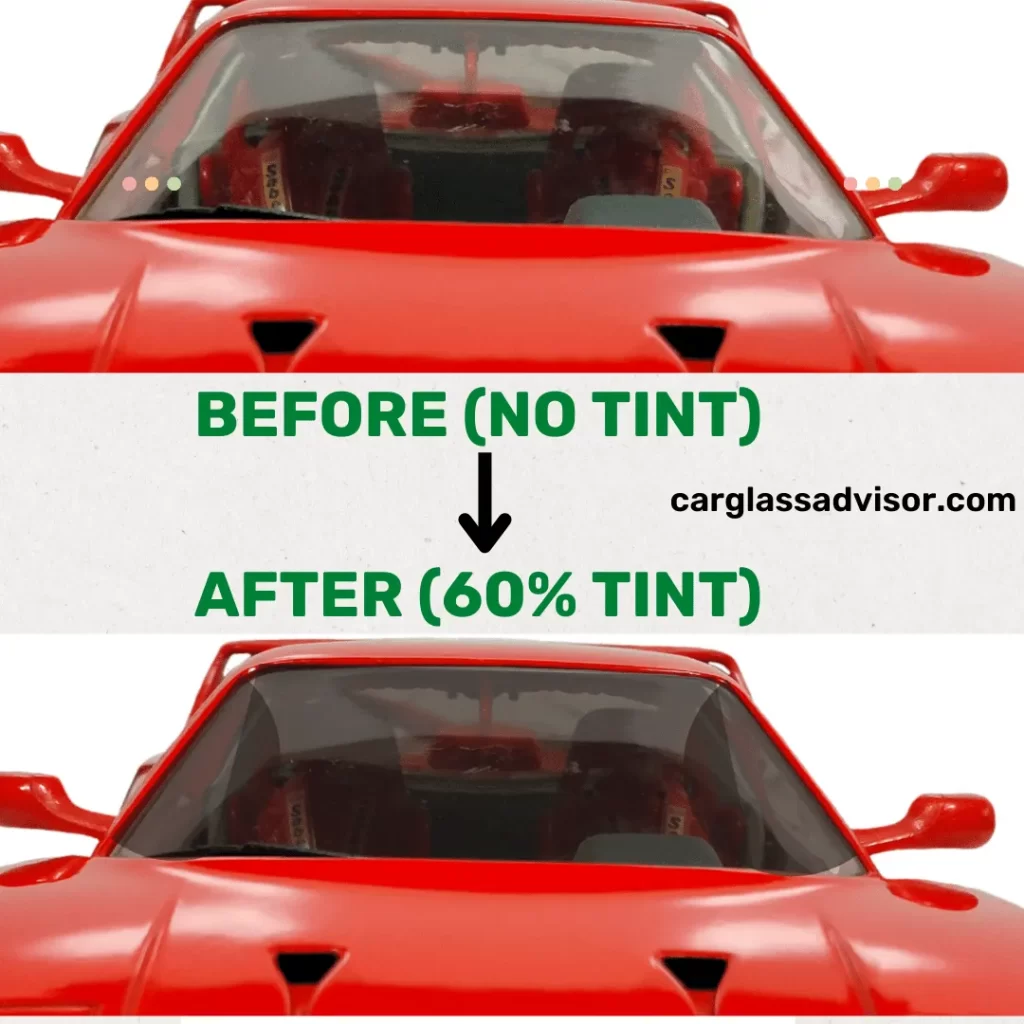Window tints are a popular aftermarket modification for vehicles that can offer a variety of benefits, including reduced glare, improved privacy, and increased energy efficiency. Tints are typically made of thin, transparent films that apply to the interior surface of car windows. These films block a certain percentage of light from passing through the window, which is usually expressed as a percentage.
A 60% window tint means that 60% of light can pass through the film, while the remaining 40% is blocked. This is a relatively light tint that allows a moderate amount of light to enter the vehicle, making it a good choice for those who want some privacy without sacrificing visibility.
In most states, a 60% window tint is allowed on the front windows of a vehicle, but there are a few exceptions. These include Alaska, California, Delaware, Iowa, New York, Pennsylvania, Rhode Island, Washington D.C., New Hampshire, New Jersey, and Vermont. In these states, the laws regarding window tints may be more restrictive and you may need to use a lighter tint on the front windows.
In most states, however, a 60% window tint is allowed on the side and rear windows of a vehicle. These tints can provide additional privacy and reduce glare from the sun, making them a popular choice for drivers.
It is important to note that window tint laws vary from state to state and can change over time, so it is always a good idea to check the laws in your specific location before applying any kind of window film or tint. Failure to adhere to the laws could cause fines or other penalties.
What does 60% tint look like?
A 60% window tint appears relatively light when applied to a car window. It allows a moderate amount of light to pass through the film, resulting in a slightly darker appearance than the untinted window. From the outside, a 60% tint may appear slightly reflective, depending on the type of film and the angle of view. From the inside, the tint should be barely noticeable, allowing a clear view of the outside.

Car Window Tint Percentage Visualization Tool
Select a percentage value from 1 to 100 to see how dark it is:
Selected Percentage:
Use the basic window tint visualization tool above to see how dark 60% tint is. Set the value to 60 and the tool will simulate the tint percentage for the most common black tinting film. However, for other tint colors, use our advanced tint percentage visualization tool. That said, the car picture below shows the comparison between no tint and 60% tint.

Can you see through 60% tint at night?
Yes, it is generally possible to see through a 60% window tint at night. While the tint does block a significant portion of light, it still allows a sufficient amount to pass through the film. As a result, it should not significantly impair visibility when driving at night with a 60% tint. However, the visibility may be slightly reduced compared to an untinted window, particularly in low light conditions.
How much does 60% tint cost?
The cost of tinting with 60% tint can vary depending on several factors, including the size of the windows, the type of film used, and the location of the installation. In general, you can expect to pay anywhere from $100 to $400 or more for a 60% tint, depending on the above factors. It is always a good idea to shop around and get quotes from multiple providers to find the best deal.
Is 60% tint worth it?
Whether a 60% tint is worth it will depend on your specific needs and preferences. If you are looking for a moderate level of privacy and reduced glare without sacrificing too much visibility, a 60% tint may be a good choice for you. However, if you want a darker tint for maximum privacy or to achieve a specific aesthetic look, a 60% tint may not be the best option. Ultimately, the decision to apply a tint should be based on your individual needs and preferences, as well as any applicable laws in your location.
Conclusion
A window tint that allows 60% of light to pass through it, while blocking the remaining 40%, is permitted on the front windows of vehicles in most states. However, there are a few exceptions, including Alaska, California, Delaware, Iowa, New York, Pennsylvania, Rhode Island, Washington D.C., New Hampshire, New Jersey, and Vermont. However, it is generally allowed to use this percentage of tint on the side and rear windows in most states. It is important to verify the laws in your specific location before applying any kind of window film or tint.

